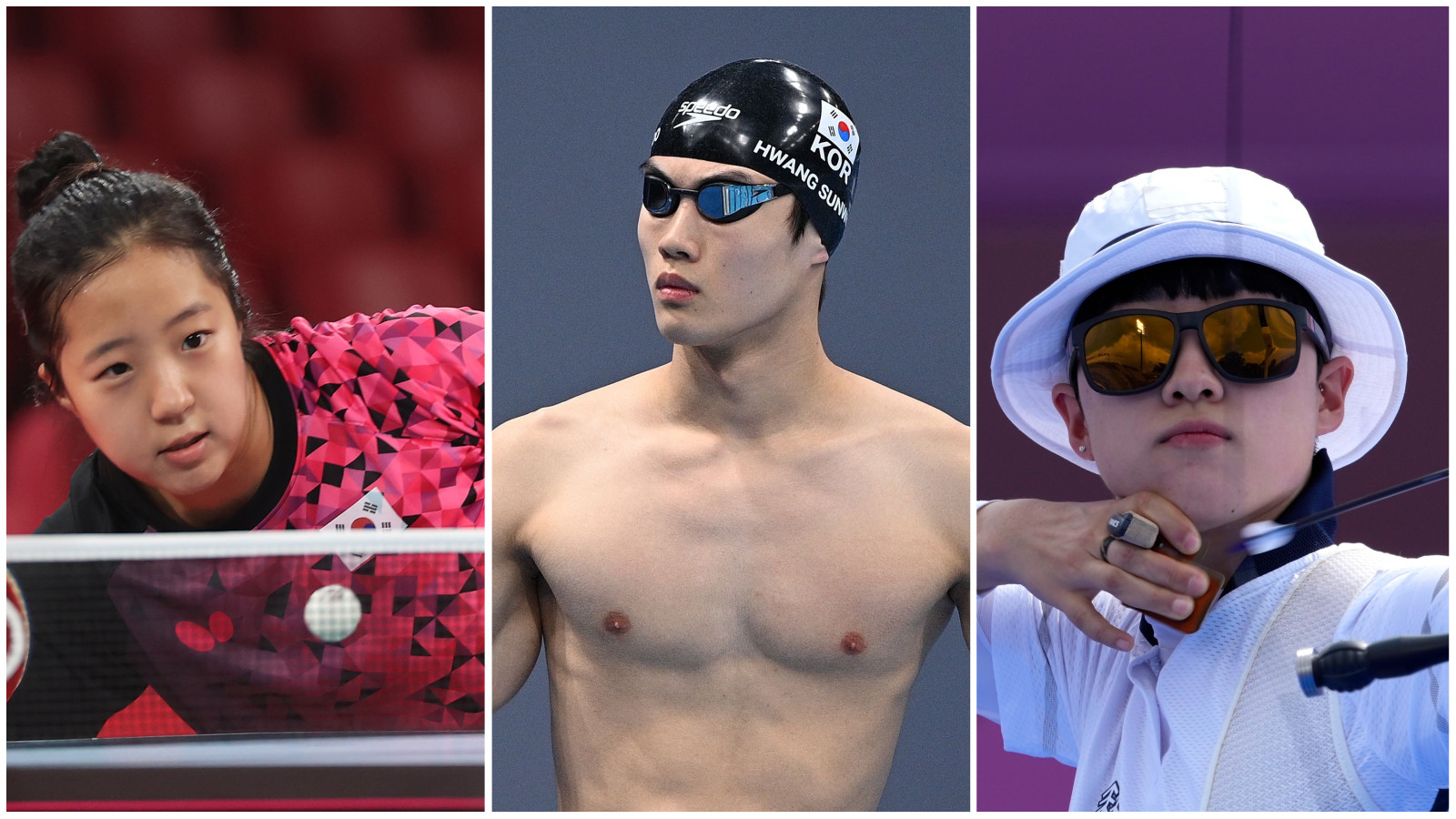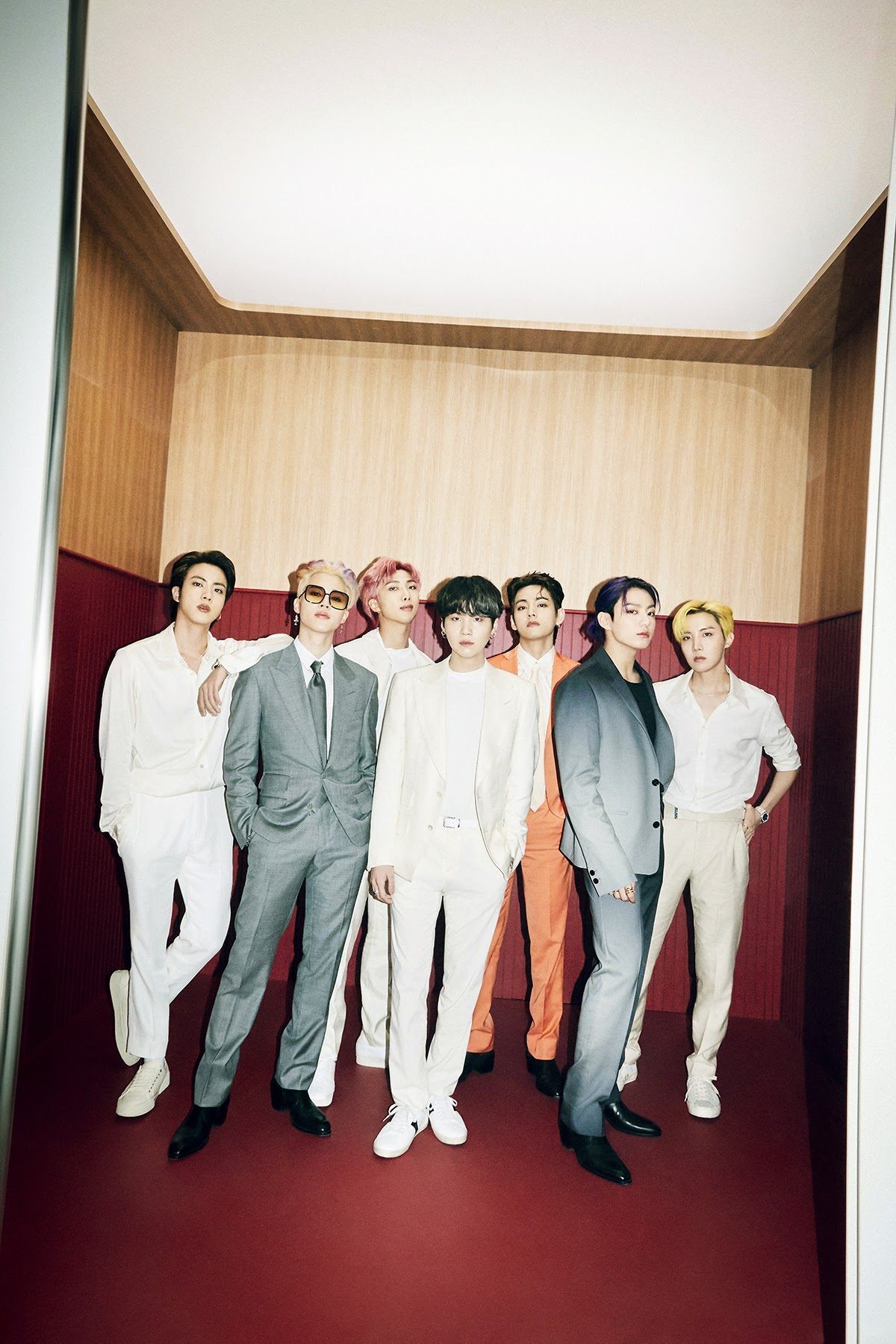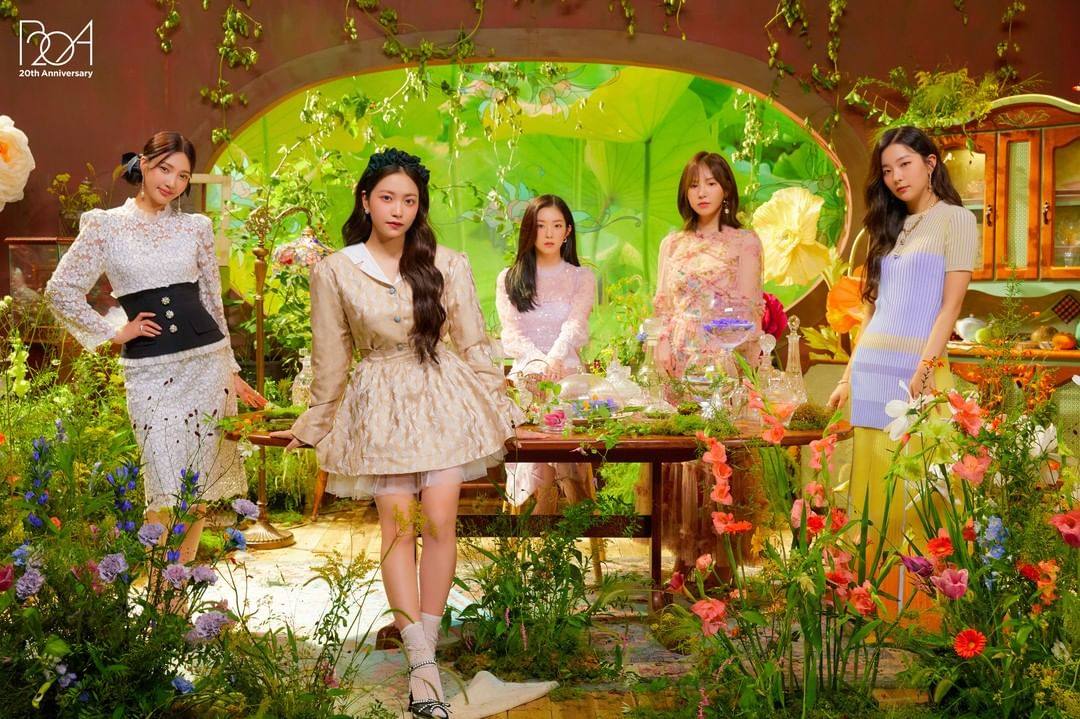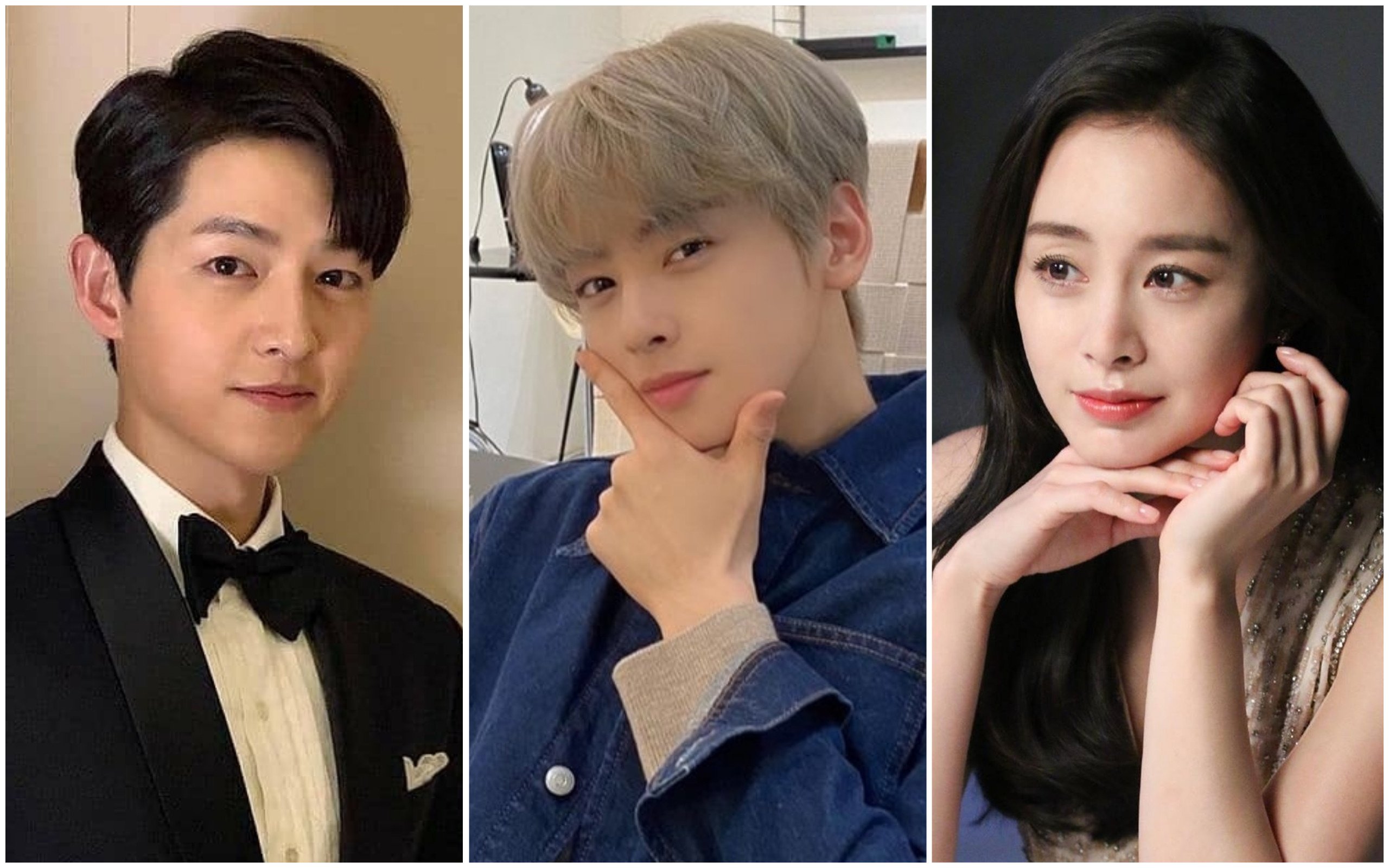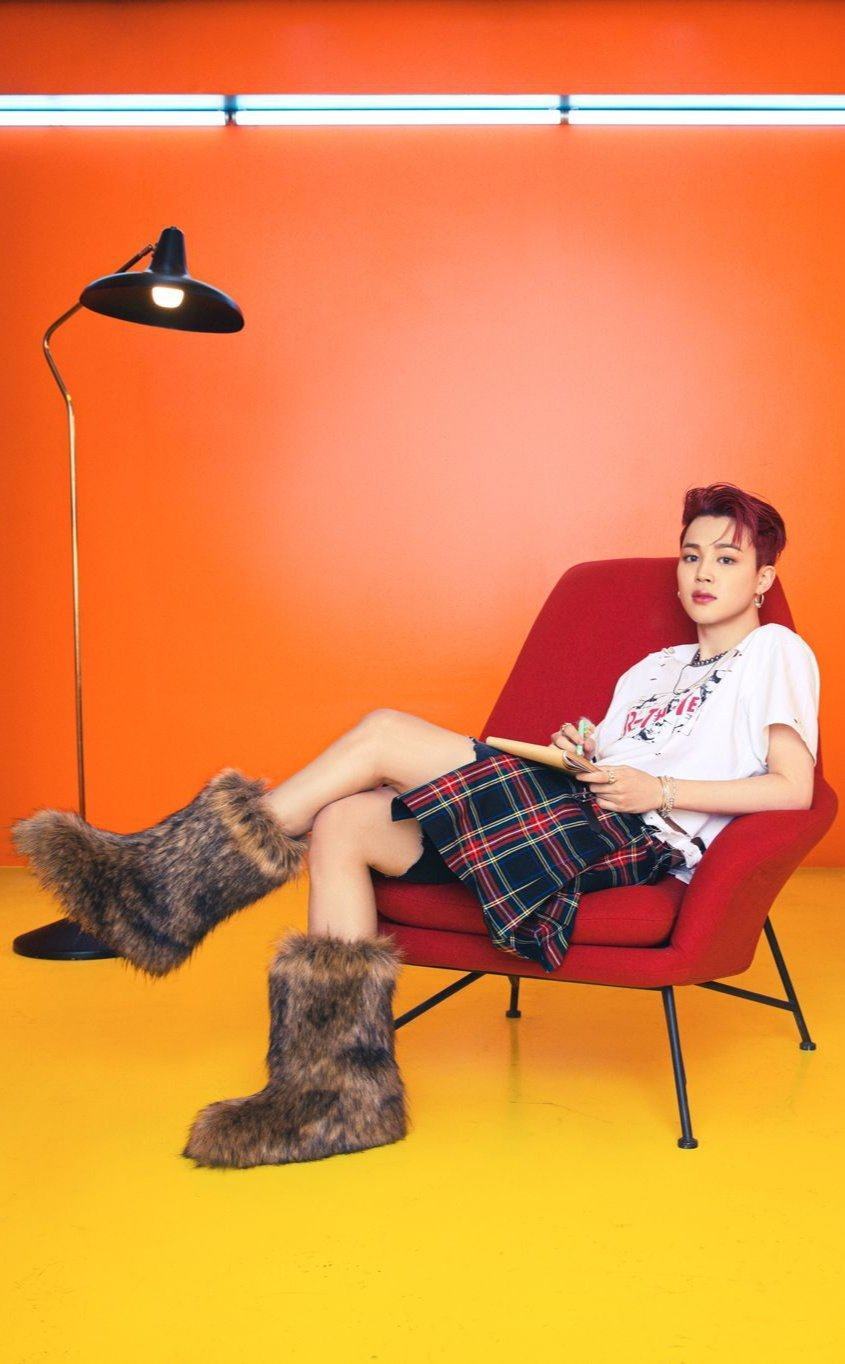Would you stan BTS or Blackpink if they were mixed-gender like SSAK3? Why boy bands and girl groups are K-pop’s go-to recipe for success

- Rain, Lee Hyori and Hangout with Yoo host Yoo Jae-suk made a splash when they formed K-pop trio SSAK3 on the reality show – but was their success a one-off?
- Kard has seen success too, but unlike boy bands or girl groups, coed acts such as Checkmate and Triple 7 struggle with building a strong, loyal fan base
Back in the 1990s, it was not hard to spot mixed-gender groups in the Korean music scene, with acts like Roo’Ra, Koyote, Cool, S#arp and Space A stealing the show with their numerous hits.
Coed groups did have a unique edge in terms of their team composition and sonic styles, but following the tremendous rise of all-male and all-female groups in the late 2000s, the number of acts has plummeted. Today, mixed-gender groups are something of a rarity in the K-pop world.

Kard, consisting of two male members – BM and J. Seph – and two female members – Somin and Jiwoo – is one of a few such groups that is hitting the ground running these days. There are some rookie acts like Checkmate and Triple Seven (777) too, but all of them have yet to make a splash.

“It is tough for a mixed-gender group to attract more female fans than a boy group, or to garner more male followers than a girl group,” pop music critic Seo Jeong Min-gap said. “Most K-pop management companies also find it more demanding to take care of a coed group. Members of a K-pop band usually live together in a dormitory to foster teamwork, but that is not an option for a coed act.”
Critic Jung Min-jae agreed, adding that these aforementioned elements make it riskier for the labels to produce a group that includes both men and women. Jung also touched on another conundrum they face when devising strategies to promote their singers.
“The companies should decide which gender of fans to target, but the answer may not be easy to find,” he said. “Although mixed-gender groups can showcase different kinds of charm that make them stand out, they are unlikely to rise to stardom without having a specific target audience.”
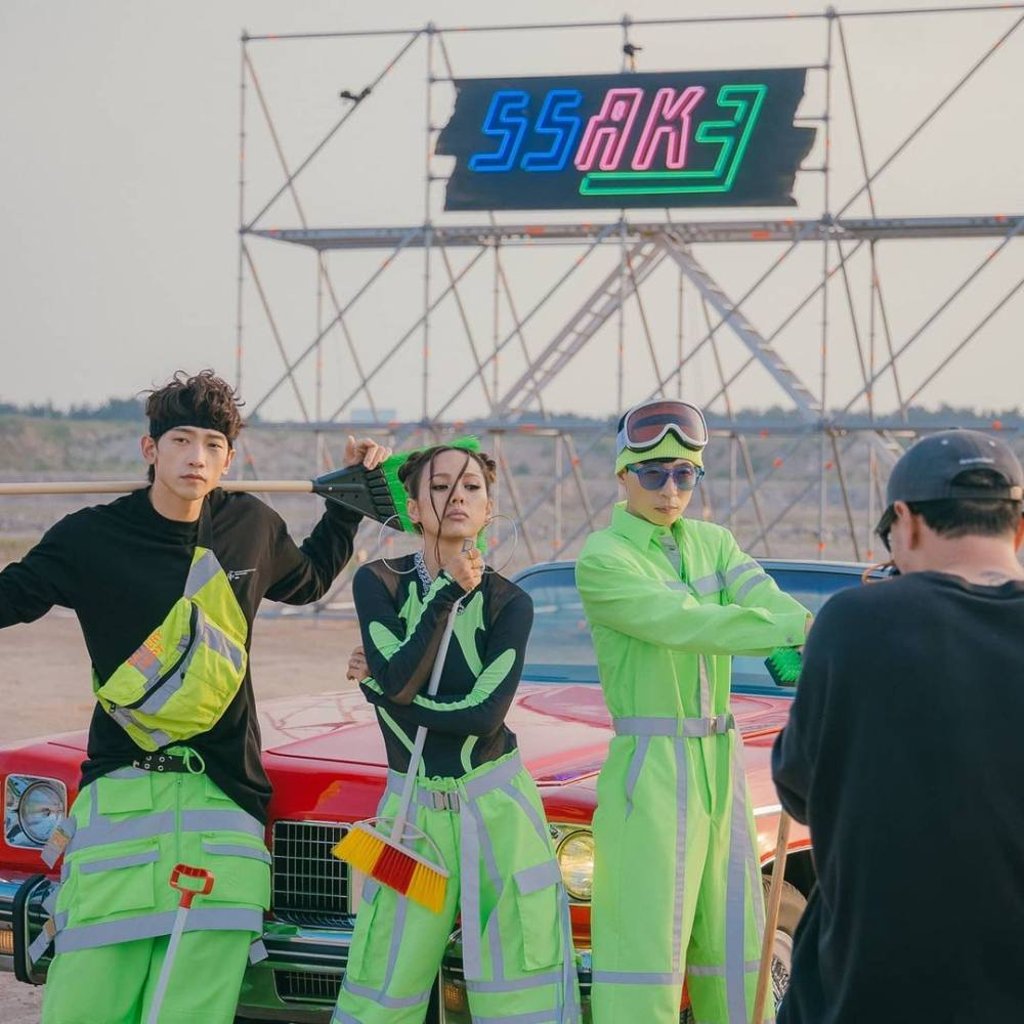
Critic Jung, however, says SSAK3 was merely an “exceptional case”. “The success of SSAK3 did not imply the revival of mixed-gender groups,” he remarked. “It was a project group created through a popular variety show. The programme featured the entire process of its debut and widely promoted its song. The power of a TV show – not the power of music – made it almost impossible for SSAK3 to be unsuccessful.”






